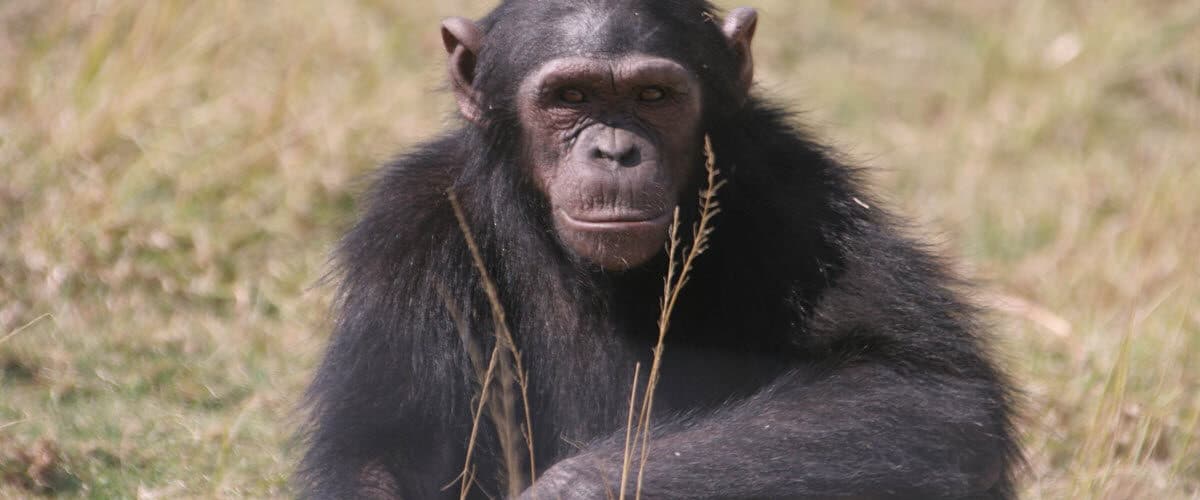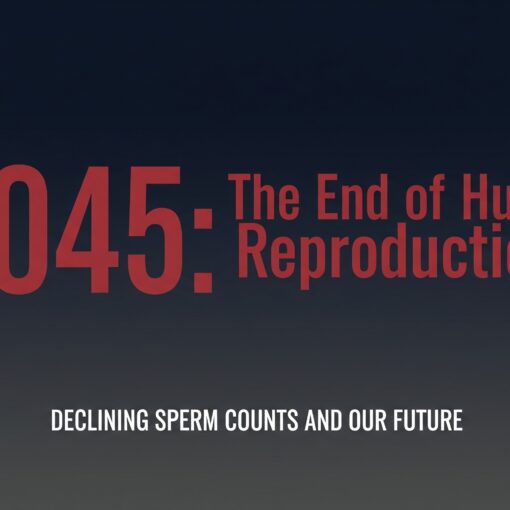Monkeys, chimpanzees (Chimps), and humans are primates. Primates are mammals that are characterized by their advanced cognitive development and abilities, grasping hands and feet, and forward-facing eyes, along with other characteristics. Some primates (including some great apes and baboons) are typically terrestrial (move on the ground) versus arboreal (living in the trees), but all species of primates have adaptations to climb trees (EOL). Millions of years ago, primate ancestors evolved different defining characteristics from one another, branching into many species within different groups.
Chimpanzees and humans share a recent common ancestor, and as some of this ancestral population evolved along one line to become modern chimpanzees, others of this ancestor evolved along a line of various species of early human, eventually resulting in Homo sapiens (you and me!). Chimpanzees are genetically closest to humans, and in fact, chimpanzees share about 98.6% of our DNA. We share more of our DNA with chimpanzees than with monkeys or other groups, or even with other great apes! We also both play, have complex emotions and intelligence, and a very similar physical makeup.
Learn more: Chimps, Humans and Monkeys: What’s the difference?





